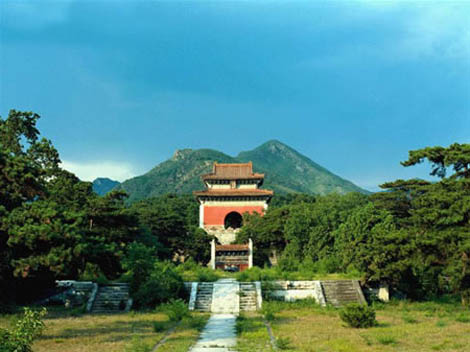Posted 2017/10/19

Concepts from feng shui and mythic concepts of daoism are usually present in the construction and layout of Chinese architecture, from common residences to imperial and religious structures. This includes the use of:
Screen walls to face the main entrance of the house, which stems from the belief that evil things travel on straight lines.
Talismans or images of door gods displayed on doorways to ward evil and encourage the flow of good fortune.
Orienting the structure with its back to elevated landscape and ensuring that there is water in the front. Considerations are also made such that the generally windowless back of the structure faces the north, where the wind is coldest in the winter.
Ponds, pools, wells, and other water sources are usually built into the structure.
The use of certain colors, numbers and the cardinal directions in traditional Chinese architecture reflected the belief in a type of immanence, where the nature of a thing could be wholly contained in its own form. Although the Western tradition gradually developed a body of architectural literature, little was written on the subject in China, and the earliest text, the Kaogongji, was never disputed. However, ideas about cosmic harmony and the order of the city were usually interpreted at their most basic level, so a reproduction of the "ideal" city never existed. Beijing as reconstructed throughout the 15th and 16th century remains the best example of traditional Chinese town planning.